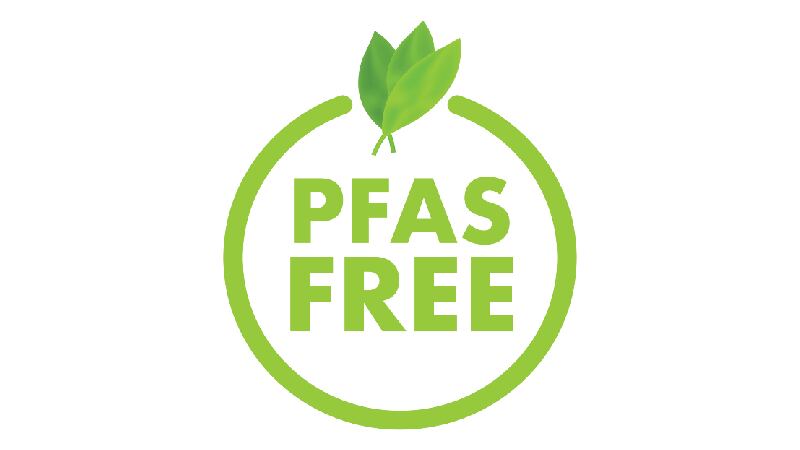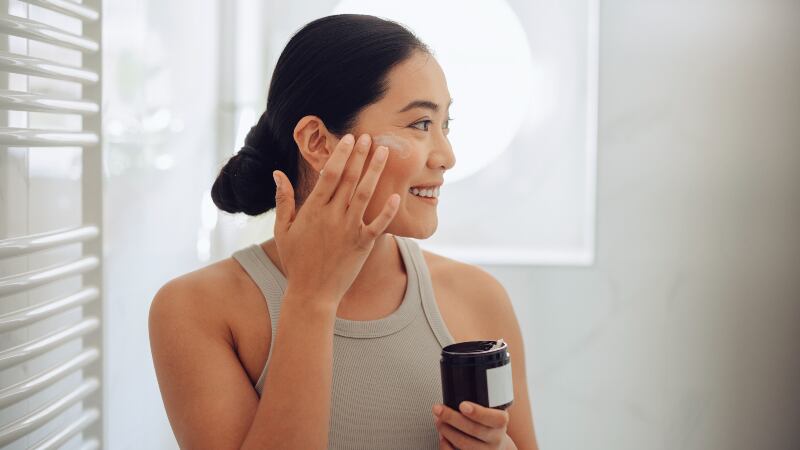This comes after recent regulatory updates in other Asia-Pacific countries, while the use of PFAS in cosmetics is already banned in the EU and California in the US.
Following its announcement on March 12, FDA Thailand has updated the list* of prohibited PFAS ingredients. The draft notice has been reviewed by the Cosmetics Committee and is awaiting approval by the Ministry of Public Health.
“Thailand’s move to ban PFAS in cosmetics reflects a growing global trend towards more stringent regulation of harmful chemicals in consumer products. This trend is driven by increasing public awareness about the potential health and environmental impact of synthetic chemicals.
“Although FDA Thailand’s recent investigation on its database of registered cosmetic products manufactured, imported and sold in Thailand did not find any traces of PFAS and their derivatives, the proposed ban is a positive step towards safeguarding public health and the environment,” Winnie Xu, regulatory analyst at ChemLinked, told CosmeticsDesign-Asia.
In April 2022, South Korea’s Ministry of Food and Drug Safety updated its “Regulations on the Safety Standards, etc. of Cosmetics” to include seven perfluorinated compounds as prohibited cosmetic ingredients.
Similarly, New Zealand’s Environmental Protection Authority recently released a draft proposal to ban all PFAS in cosmetic products by 2025 to align with EU regulations.
To ensure compliance with Thai regulations, both local and foreign companies are “advised to pay close attention to updates” on the proposed ban and strengthen self-inspection during product development.
“Cosmetics firms may consider phasing out the use of PFAS in their products, as more and more countries are implementing stricter regulations on these chemicals. In addition, these companies can also explore safer and more sustainable alternatives to formulate their products,” Xu added.
A common concern
PFAS are widely found in cosmetic products like lotion, cleanser, nail polish, shaving cream, and makeup. They are sometimes added to improve the ease of product application on skin, and to make the skin appear shiny and smooth.
A study conducted by the University of Notre Dame in 2021 discovered that 52% of more than 200 cosmetic products in the US and Canadian markets contain PFAS. Among them, foundations, lipsticks, and eye products such as waterproof mascara, had the highest PFAS content.
According to Xu, common PFAS used in cosmetics include polytetrafluoroethylene (PTFE), perfluorooctanoic acid (PFOA), and perfluorooctane sulfonate (PFOS).
“Take PTFE for example, a large number of commercially available products, including those from major luxury brands and online cult favourites, contain this substance,” she shared.
As PFAS do not degrade easily, they accumulate in the environment and living organisms, posing a threat to wildlife and the food chain.
However, the specific risks of PFAS to human health have not been conclusively identified. For instance, there is limited existing data on the amount of PFAS that a person may absorb through the skin, tear ducts and lips.
“The definitive harm that these chemicals can cause is still pending further research. Nevertheless, given the potential risks and the fact that PFAS application in cosmetics is not indispensable, many government and regulatory bodies around the world are choosing to err on the side of caution, and ban or restrict their use in consumer products,” said Xu.
*The list of prohibited PFAS and their derivatives stipulated by FDA Thailand includes PFOA, PFOS, perfluorononanoic acid (PFNA), potassium perfluorooctanesulfonate, diethanolamine perfluorooctane sulfonate, ammonium perfluorooctane sulfonate, lithium perfluorooctane sulfonate, ammonium pentadecafluorooctanoate, nonadecafluorodecanoic acid, ammonium nonadecafluorodecanoate, sodium nonadecafluorodecanoate, sodium heptadecafluorononanoate, and ammonium perfluorononanoate.



